A formation with a diameter of 34 kilometers was discovered in the south polar region of the Earth's satellite
An impact crater located in the south polar region of the Moon was first described by employees of the Laboratory of Comparative Planetology of the Institute of Geochemistry and Analytical Chemistry (GEOKHI RAS ). The research results were published in the journal Solar System Research.
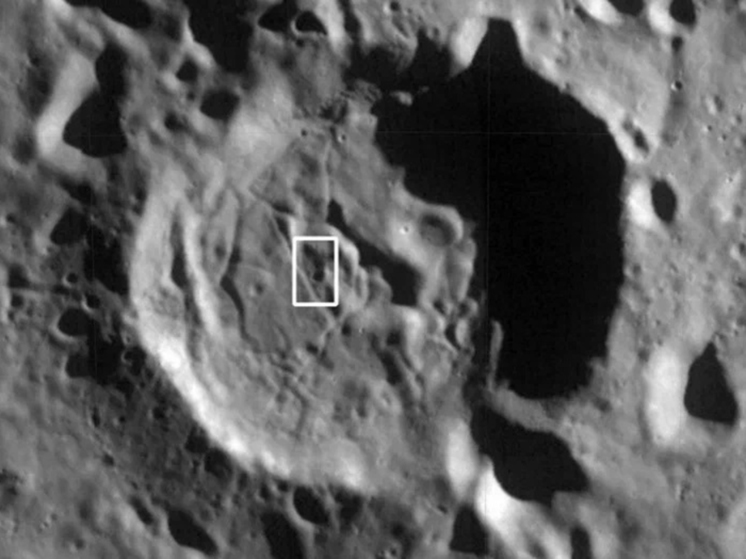 A crater located in the south polar region of the Moon. Photo courtesy of GEOKHI RAS
A crater located in the south polar region of the Moon. Photo courtesy of GEOKHI RAS
A crater with traces of tectonic deformation was discovered using the Lunar Reconnaissance Orbiter, an artificial lunar satellite (NASA). It is located on the mainland, near the South Pole of the Moon, within the South Pole–Aitken impact basin. Its diameter is 34 kilometers. The coordinates of the crater center are: 126.59 west longitude, 64.32 south latitude. It was formed about 3.83 billion years ago.
According to the researchers, this crater is similar to other similar-sized impact craters on the Moon. What distinguishes it is its bottom with an extensive network of cracks, which is considered a sign of the penetration of magma into the subcrater space. The cracks appear in the form of hollows from 2 to 10 km long, from 300 meters to –1 km wide and from 50 to 150 meters deep. On one of the sections of the crater floor there are many others left as a result of the fall of numerous meteorites. But one 700-meter crater interested researchers more than others. The fact is that it is, as it were, superimposed on one of the hollows. Thanks to the fact that scientists have calculated its age, the age of the cracks themselves has become known: they formed between 200 million and 1 billion years ago.
A large, 34-kilometer crater, combining manifestations of impact and magmatic processes, according to scientists, deserves further study. In particular, according to the chief researcher of the Laboratory of Comparative Planetology of GEOKHI, Doctor of Geological and Mineralogical Sciences Alexander Bazilevsky, they will be interested to see whether the supposed young magmatic activity has somehow affected the details of the mineral composition and ice concentration in the regolith of the crater bottom.
The authors of the article have already contacted the International Astronomical Union with a proposal to name the lunar crater in honor of the former director of GEOKHI, geochemist and planetary scientist, Academician Eric Mikhailovich Galimov, who passed away in 2020. “We know that on May 20, the Union was supposed to convene a commission of employees studying the Moon to make a decision on naming this interesting crater after our colleague,” Alexander Bazilevsky explained to MK. “We have no doubt that the decision will be positive.”










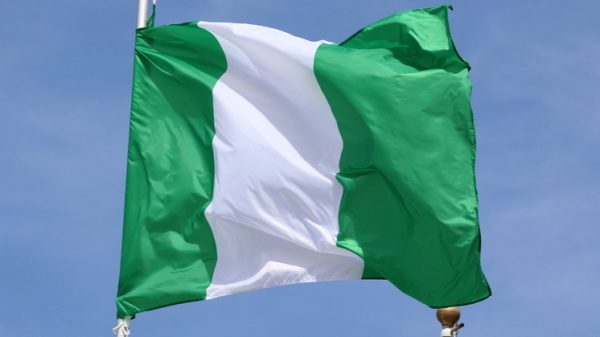





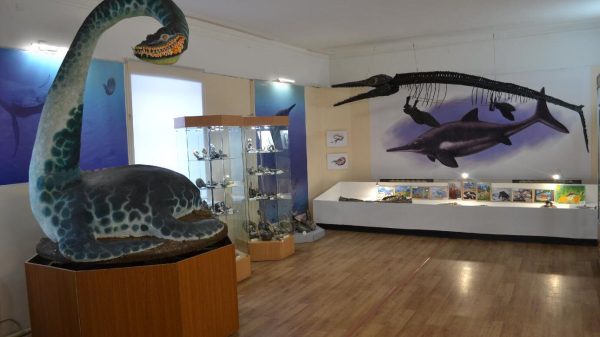
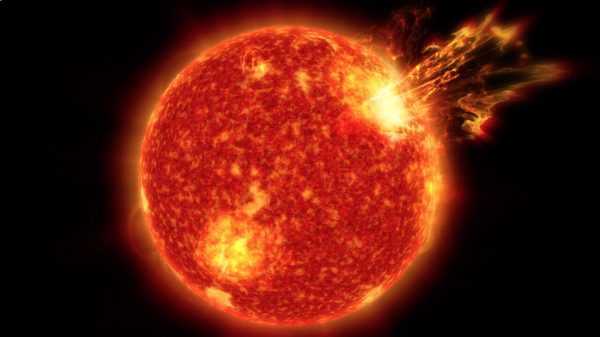
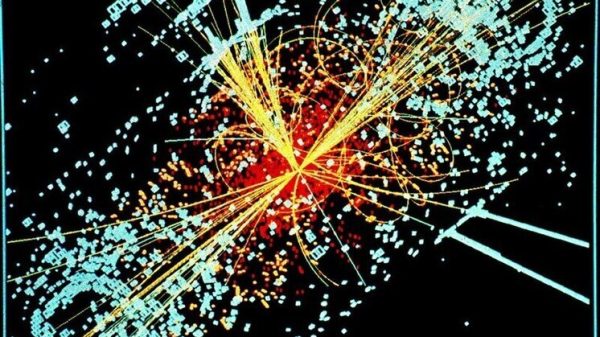














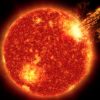























Свежие комментарии